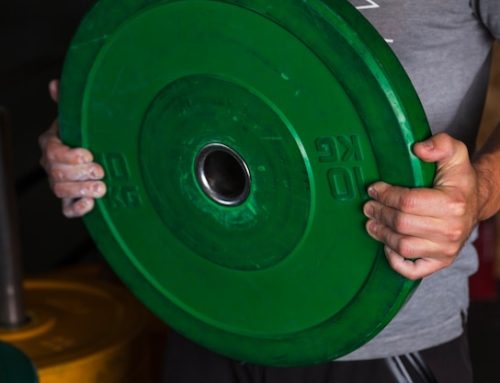The Importance of Understanding Reps until Failure in High-Rep Weightlifting
As a high-rep weightlifter, it’s important to understand the concept of “reps until failure.” This refers to the number of repetitions you can perform of a particular exercise before your muscles simply can’t lift the weight anymore. Understanding reps until failure is crucial for maximizing your workouts and seeing progress in your strength and muscle growth goals.
The Science behind Reps until Failure
The concept of reps until failure is backed by science. The point of muscle failure is the point where muscles can no longer produce enough force to lift a weight. When you work your muscles to this point, you’re sending a message to your body that it needs to adapt to the stress you’re placing on it. This leads to increased strength and muscle growth over time.
Determining Your Reps until Failure
The number of reps until failure will vary depending on the person, the exercise, and the weight being lifted. As a general rule, you should aim to lift a weight that will allow you to perform 8 to 12 reps before reaching failure. This weight will vary depending on your individual strength level and training goals.
Tracking Reps until Failure
Tracking your reps until failure is key to making progress in your high-rep weightlifting routine. By keeping track of the number of reps you can perform before reaching failure, you can gradually increase the weight you’re lifting over time. This progressive overload is essential for building strength and muscle mass.
One way to track your reps until failure is to use a workout log. This can be a notebook or an app that allows you to record your exercise routine, the weight lifted, and the number of reps performed. Over time, you can look back at your workout log to see your progress and make adjustments to your routine.
Factors Affecting Reps until Failure
Several factors can affect the number of reps you can perform before reaching failure. These include:
- The weight being lifted
- The exercise being performed
- Your individual strength level
- Rest and recovery time
- Diet and nutrition
- Hydration levels
It’s important to take all of these factors into account when designing your high-rep weightlifting routine.
Benefits of High-Rep Weightlifting
High-rep weightlifting offers several benefits for those looking to build strength and muscle mass. Some of these benefits include:
- Improved muscular endurance
- Increased calorie burn
- Stress relief and improved mental health
- Reduced risk of injury
- Improved cardiovascular health
Examples of High-Rep Exercises
If you’re new to high-rep weightlifting, here are a few exercises to try:
| Exercise | Reps |
|---|---|
| Squats | 12-15 reps |
| Bicep curls | 12-15 reps |
| Overhead press | 12-15 reps |
| Lunges | 12-15 reps per leg |
| Deadlifts | 8-10 reps |
Conclusion
In summary, understanding reps until failure is crucial for maximizing your high-rep weightlifting routine. By tracking your progress and gradually increasing the weight you’re lifting, you can build strength and muscle mass over time. Remember to take into account all the factors that affect your reps until failure, and try a variety of high-rep exercises to keep your routine fresh and exciting.






